Optimal Timing for Shrub Trimming
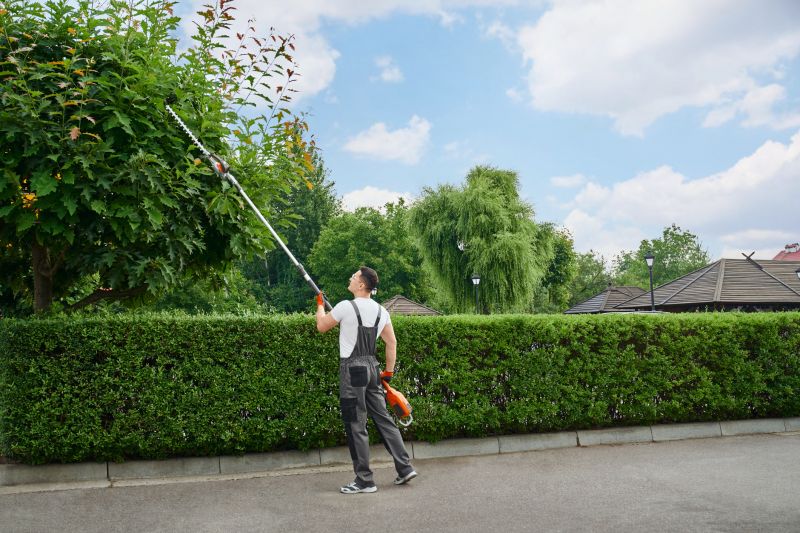
Early spring is ideal for trimming shrubs before new growth begins, promoting healthy development.

Mid to late summer allows for shaping and maintaining shrub health during active growth periods.

Late fall trimming prepares shrubs for dormancy and can improve their appearance for the winter months.
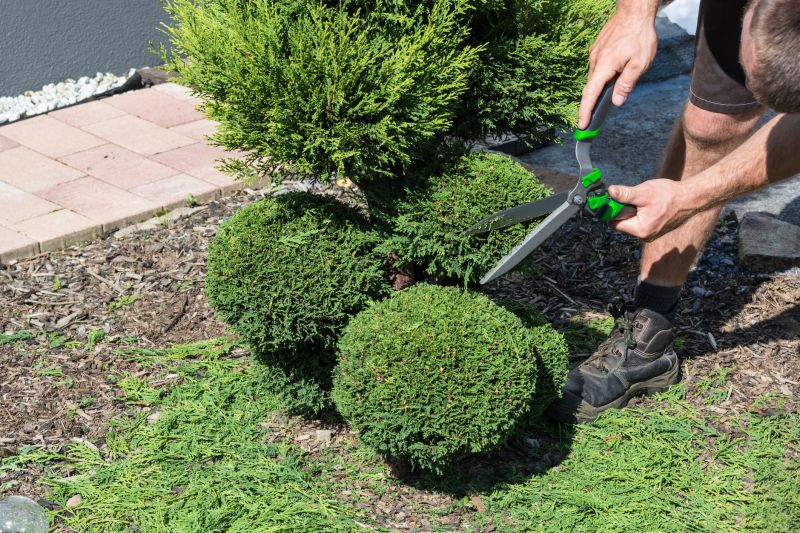
Ways to make Shrub Trimmings work in tight or awkward layouts.
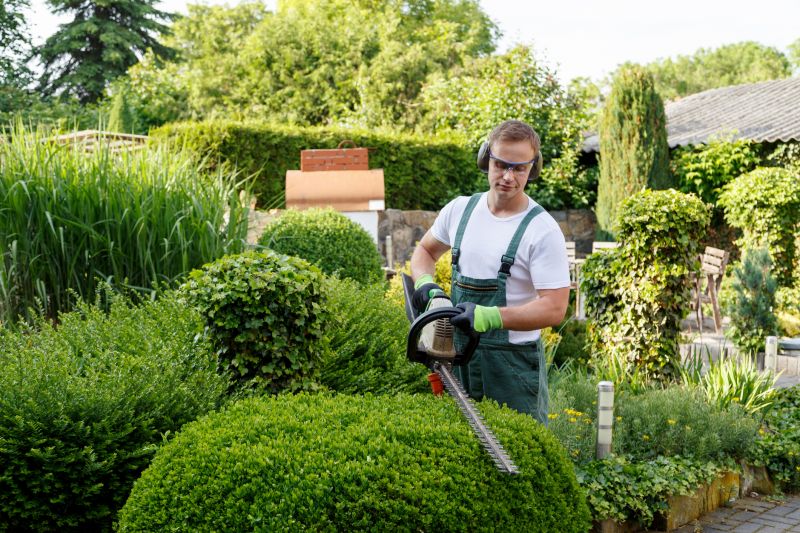
Popular materials for Shrub Trimmings and why they hold up over time.

Simple add-ons that improve Shrub Trimmings without blowing the budget.
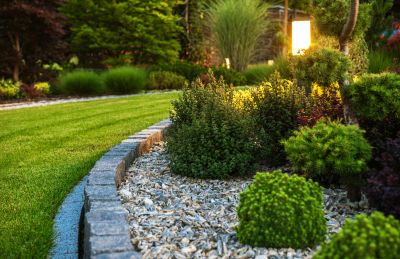
High-end options that actually feel worth it for Shrub Trimmings.
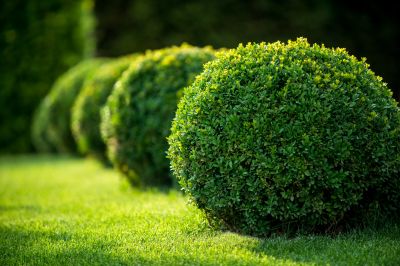
Finishes and colors that play nicely with Shrub Trimmings.
Shrub trimmings involve the selective removal of overgrown or damaged branches to promote healthy growth and maintain aesthetic appeal. Proper timing is essential to ensure shrubs develop strong, healthy structures. Regular trimming can also prevent pests and diseases by removing dead or diseased wood.
The best times for shrub trimmings are during early spring and late fall, depending on the shrub species and local climate conditions.
Timing shrub trimmings correctly encourages vigorous growth, enhances flowering, and maintains the desired shape.
Pruning at appropriate times reduces stress on shrubs and minimizes the risk of disease.
Understanding seasonal growth cycles helps determine the ideal trimming periods for different shrub varieties.
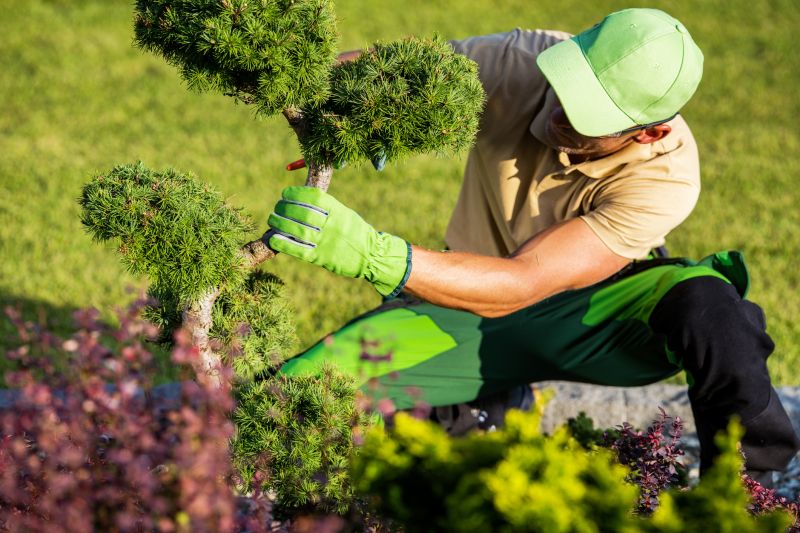
Spring trimming supports healthy growth and prepares shrubs for the active season.

Summer pruning helps shape shrubs and control size during peak growth.
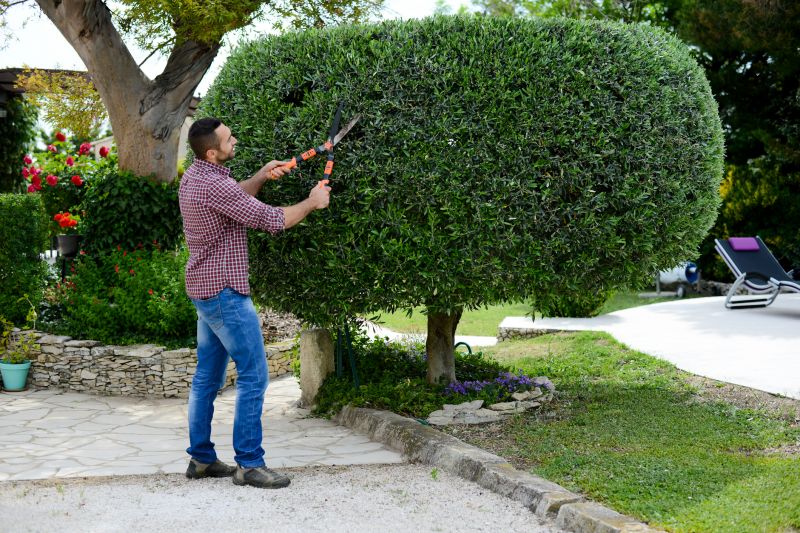
Fall trimming reduces overwintering stress and improves appearance.
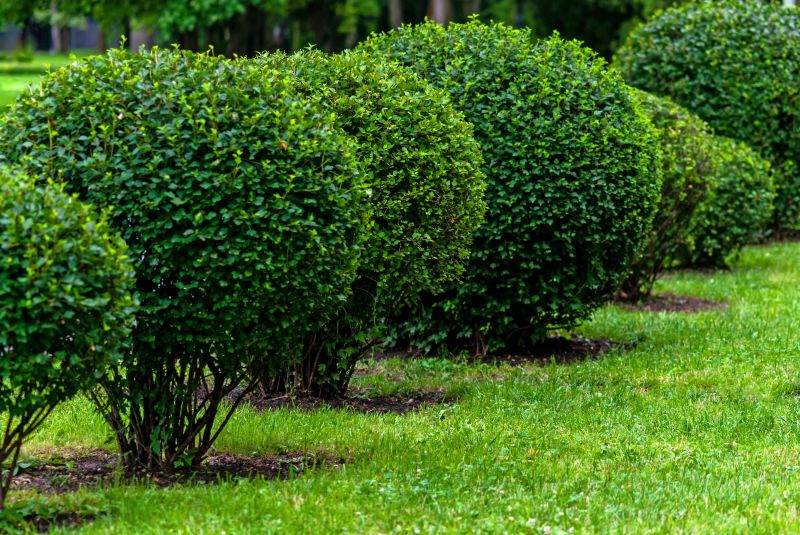
Regular trimming promotes vigorous, disease-free plants.
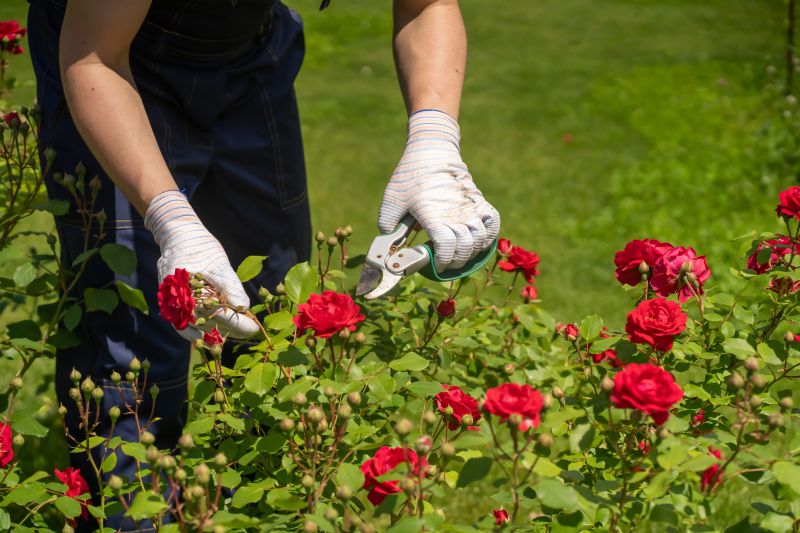
Pruning at the right time enhances flowering potential.
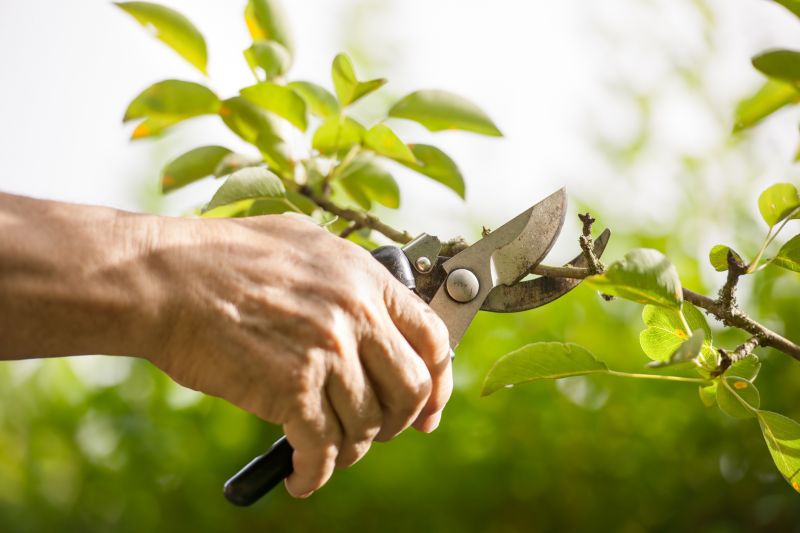
Using sharp, clean tools ensures precise cuts and reduces plant stress.
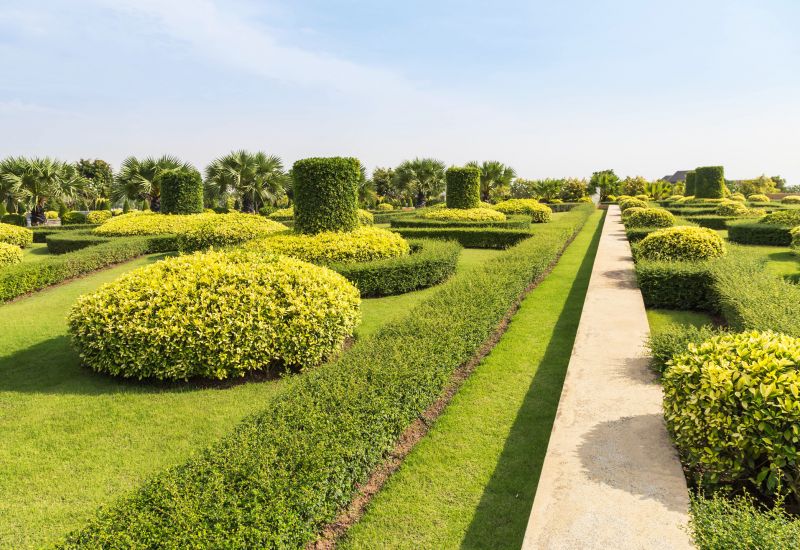
Proper techniques include thinning, heading back, and rejuvenation pruning.
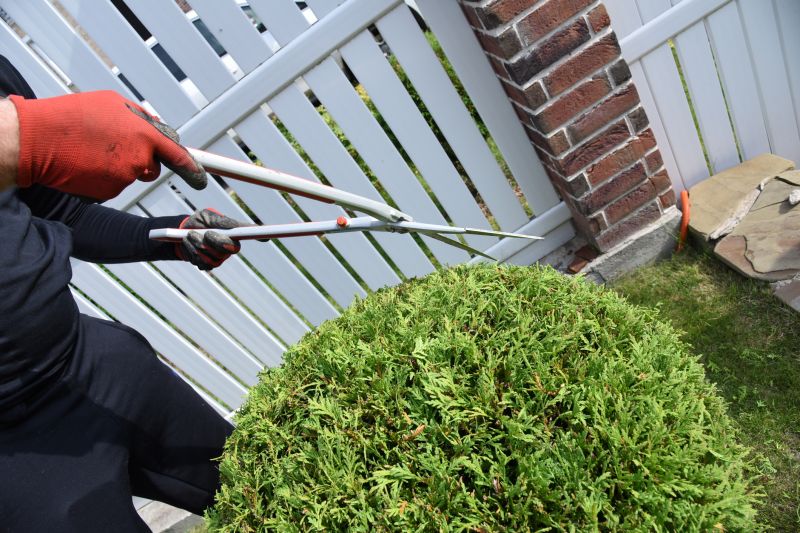
Understanding growth cycles guides effective trimming schedules.
| Season | Recommended Trimming Time |
|---|---|
| Spring | Early spring before new growth starts |
| Summer | Mid to late summer for shaping |
| Fall | Late fall after flowering |
| Winter | Generally avoided, except for specific shrubs |
| Late Winter | Optional for rejuvenation |
Shrub trimmings play a vital role in maintaining landscape aesthetics and plant health. Proper timing ensures shrubs develop strong branches, produce vibrant flowers, and resist pests and diseases. Recognizing seasonal growth patterns and understanding individual shrub needs can optimize trimming schedules for the best results.
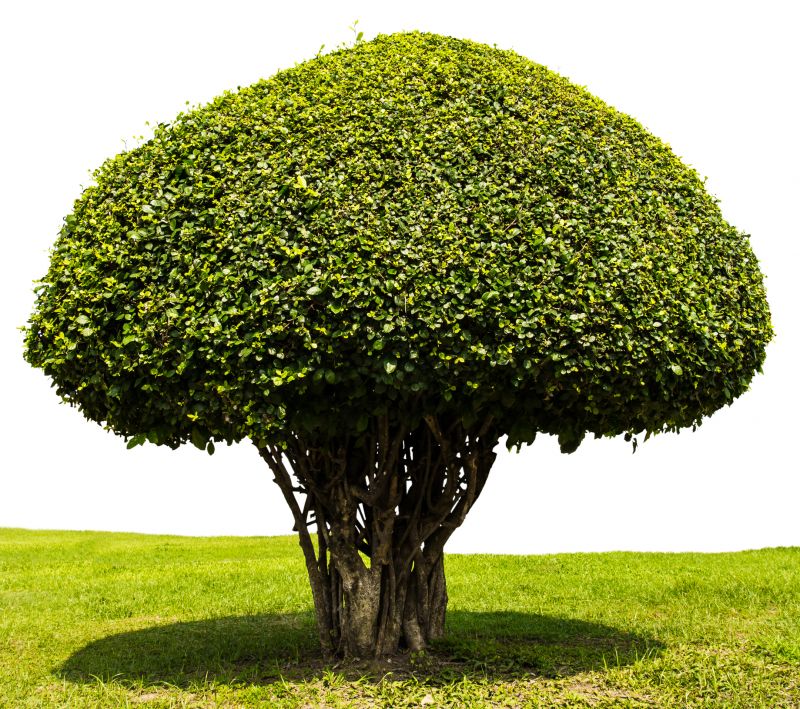
Proper trimming techniques lead to lush, well-shaped plants.
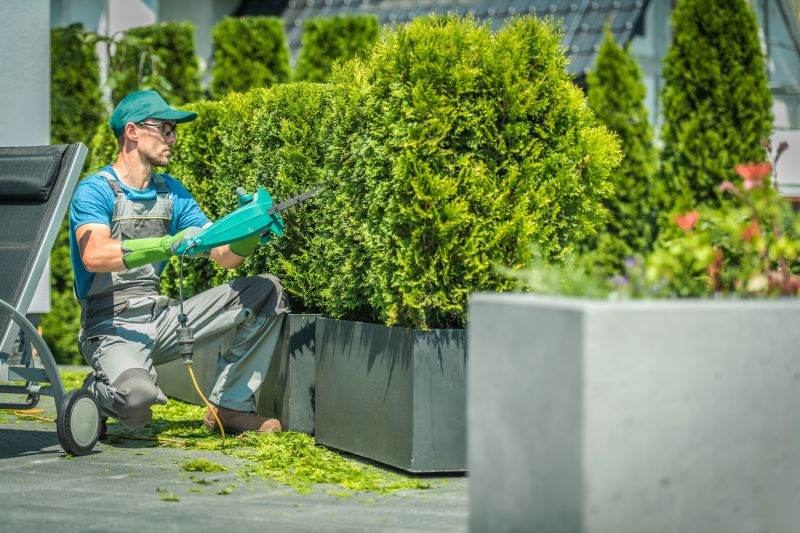
Adjust trimming practices according to the season for optimal growth.
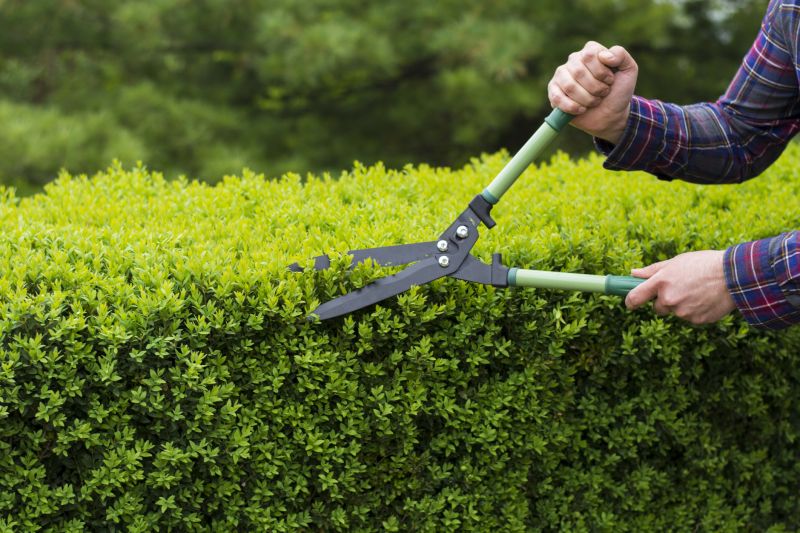
Using appropriate tools ensures clean cuts and healthy plants.
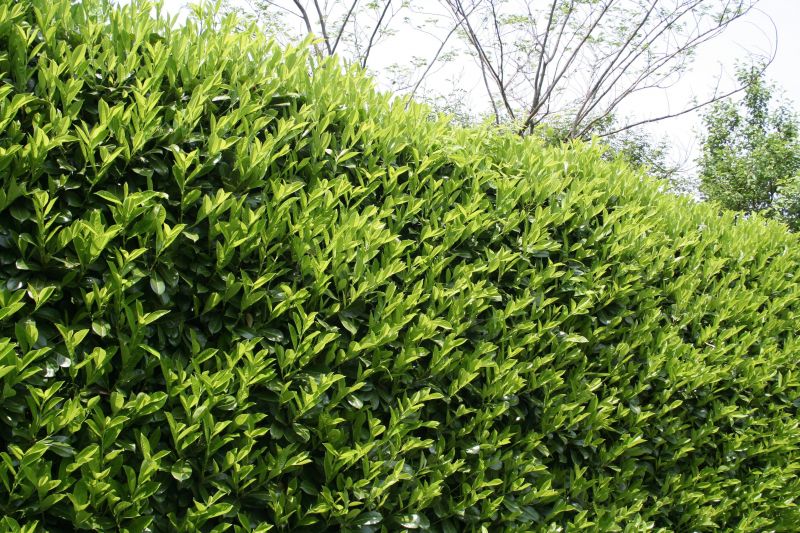
Understanding growth cycles helps determine the best trimming times.

Little measurements that prevent headaches on Shrub Trimmings day.
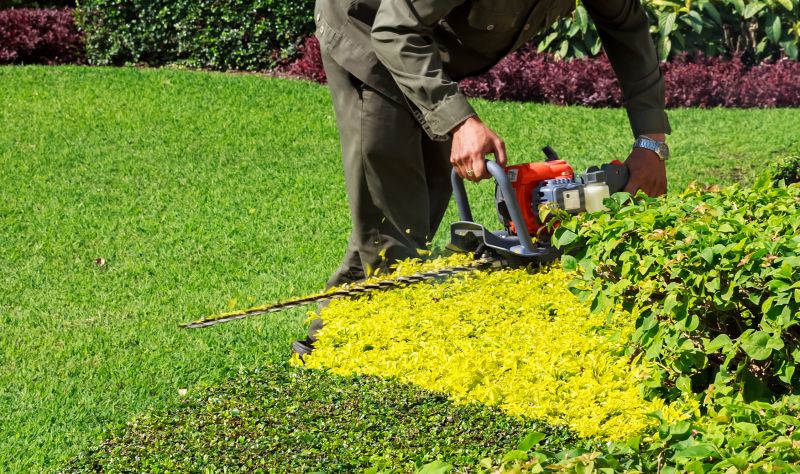
A 60-second routine that keeps Shrub Trimmings looking new.
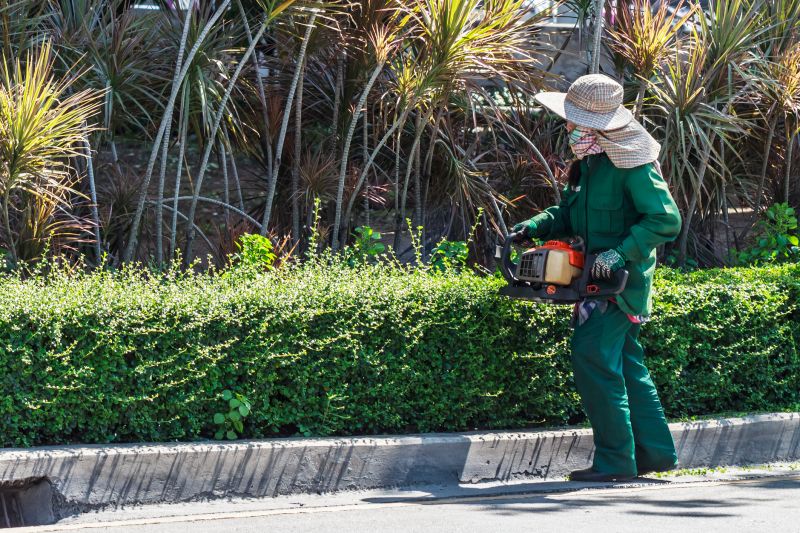
A frequent mistake in Shrub Trimmings and how to dodge it.
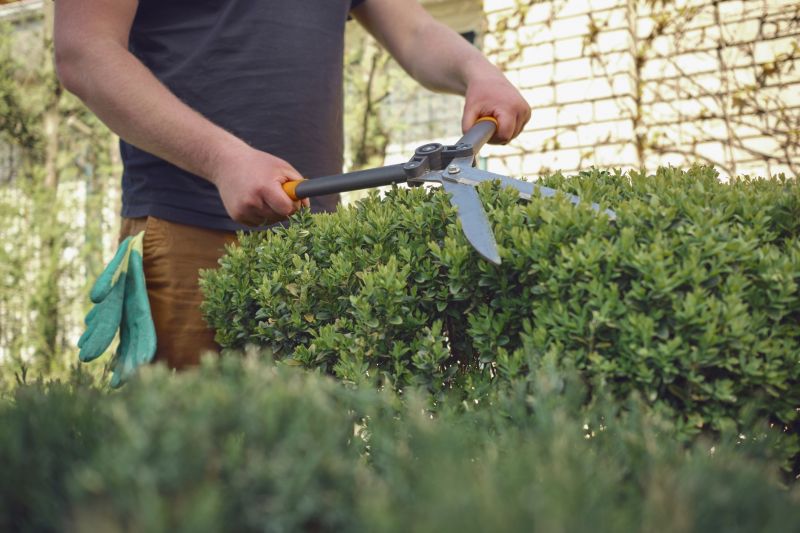
Small tweaks to make Shrub Trimmings safer and easier to use.
Interested in scheduling shrub trimmings or learning more about the best practices? Filling out the contact form can connect with local professionals experienced in landscape maintenance and shrub care.
